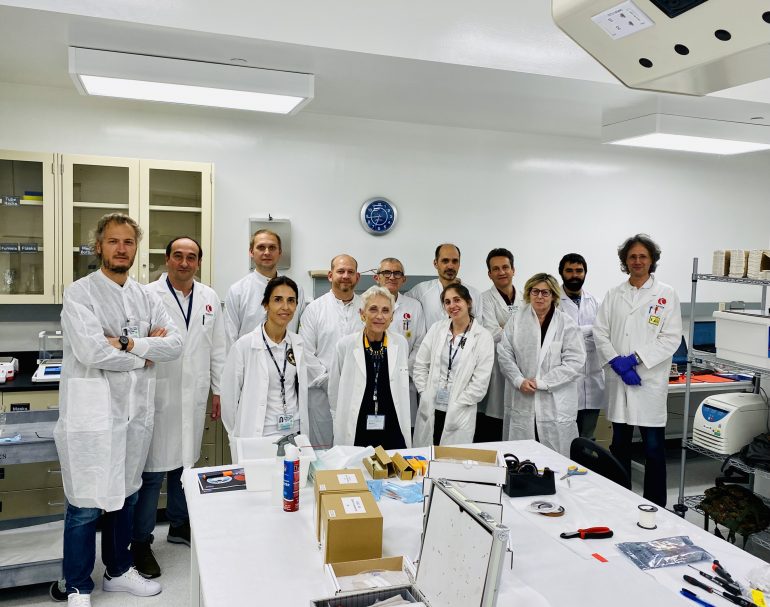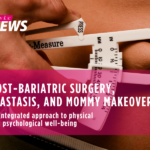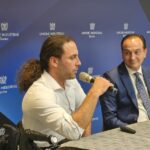Revée pills
In space wounds heal more slowly

In space, wounds heal more slowly, and the tissue repair process differs from that on Earth: this is revealed by the extraordinary results of the “Suture in Space” experiment, conducted by an international team to understand the effects of microgravity on the healing process. Sutured wound models, developed from biological tissue samples, were transported two years ago to the International Space Station (ISS), where they remained for nine days before being brought back to Earth for analysis. The project findings were presented today in Milan at the International Astronautical Congress, one of the world’s leading events on space exploration and services.
The study, spanning seven years from design to results, was led by Monica Monici from the Joint ASAcampus Laboratory for the Biology of Physical Stresses. Created by the Department of Experimental and Clinical Biomedical Sciences at the University of Florence and the Research Division of ASA (Arcugnano, Vicenza), a leading company in the production of laser systems for medical applications and magnet therapy devices. Selected by the European Space Agency (ESA) and funded by the Italian Space Agency (ASI), the research involved the Careggi University Hospital and numerous Italian and European universities.
In the project’s first phase, the Joint Laboratory developed models of sutured wounds based on ex-vivo human tissue cultures, skin, and blood vessels. This was achieved using a culture technique that maintained the samples’ viability for over four weeks. This activity was carried out in collaboration with surgeons from the Careggi University Hospital and the Department of Experimental and Clinical Medicine at the University of Florence.
In November 2022, the biological samples left aboard SpX 26 (Cargo Dragon 2) from Kennedy Space Center (KSC) in Cape Canaveral, Florida, headed to the International Space Station. The researchers’ mission at KSC, to prepare the samples for launch, was sponsored by Revée Srl (Turin), a leading company in post-operative medical devices used by patients after plastic, reconstructive, and aesthetic surgery.
Once aboard the ISS, the biological samples were placed in an incubator at 32 degrees Celsius. After four days, half were frozen at minus 80 degrees, and the other half underwent the same treatment after nine days. The hardware that enabled the experiment to be automated on the ISS was developed by Kayser Italia (Livorno) and OHB (Bremen, Germany).
In the second phase, in collaboration with other project partners, both national (University of Milan, University of Siena, and University of Molise) and international (University of Amsterdam, University of Aarhus, and University of Lucerne), the samples returned to Earth were analyzed.
«All biological samples – explains Monica Monici – were divided and shared with the various Italian and European research groups involved in the project. Each group conducted specific analyses on portions of the tissue, with the data collected and processed to create an overall picture of the results».
«The experiment’s initial results confirm what other preliminary research had already suggested: wound healing in space is delayed and altered compared to Earth – says Monici -. One of the primary objectives was to obtain information on the tissue remodeling phase during the wound healing process. The results show significant changes in the quantitative relationships between various components of the extracellular matrix in space, affecting its mechanical properties as well. The extracellular matrix is the non-cellular component of tissues and not only provides structural support for cells but also transmits biochemical and mechanical signals, thus playing a critical role. Additionally, alterations were observed in the activation of cell populations involved in wound healing, such as fibroblasts and keratinocytes».




































